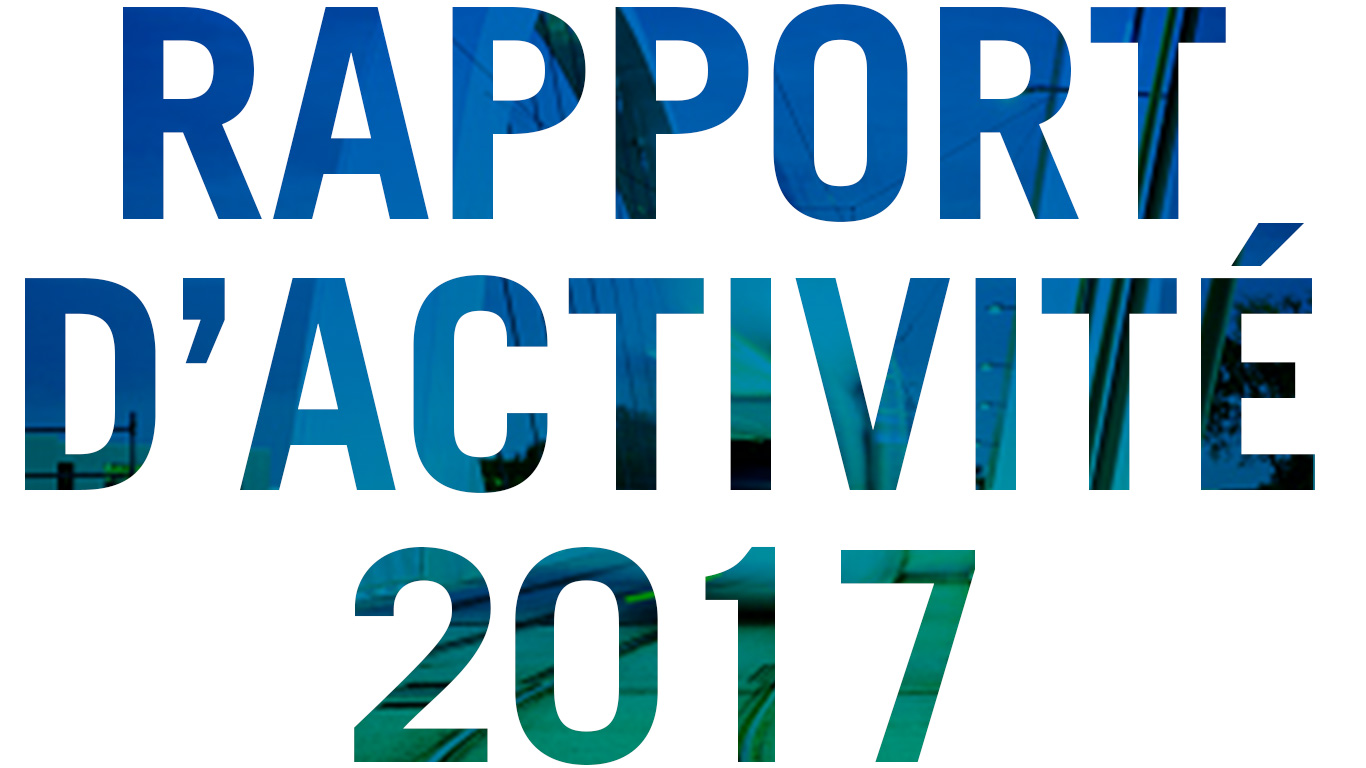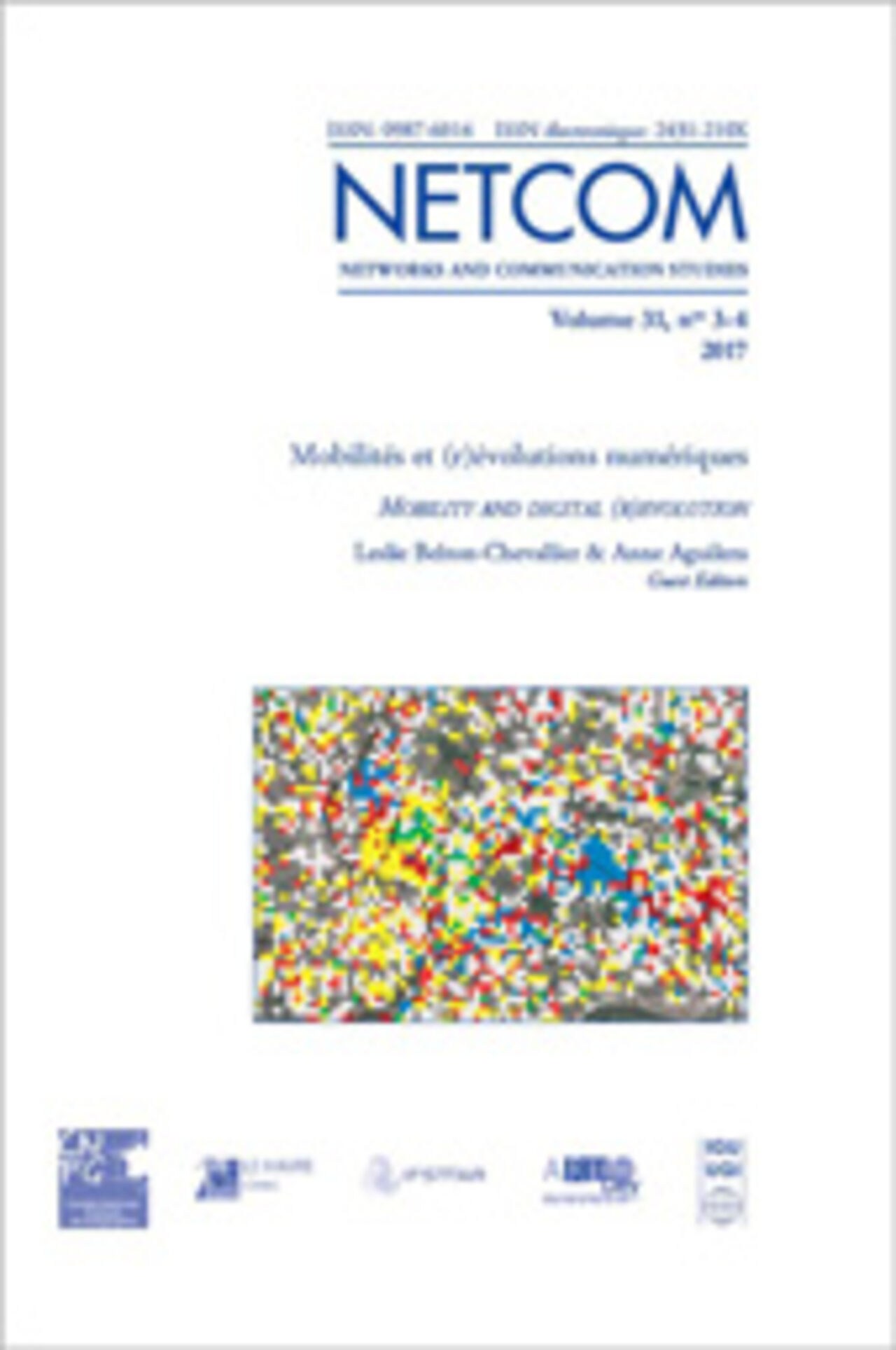Digital technology and mobility
Digital technology plays an increasingly vital role in mobility. This is why IFSTTAR has sought to coordinate and unify its energies through an internal multidisciplinary organisation which it has called a "unifying project ". Thus, in the field of mobility, two unifying projects have been launched "Mobility and the digital transition" and "Models of human beings: their impacts on tomorrow’s mobility".
The Mobility and Digital Transition unifying project
The digital revolution is having a major impact on our mobility and transportation. This is underpinned by the increasing number of mobile terminals, connected equipment and new technologies that assist the movement of people, vehicles and goods. For public transport, real-time access to digital data makes it easier to find a route, consult timetables, choose a transport mode and purchase tickets. Such data can also be used to improve traffic conditions, enabling suppliers to adjust their transport services and improve maintenance and safety. The digital transition is also contributing to the rapid development of a collaborative mobility economy through service platforms that connect their customers directly to ride seekers, facilitating the sharing of vehicles (with or without drivers), bicycles or other means of transport. Connected vehicles now have on-board technologies that facilitate their movement on intelligent infrastructures that give priority to public transport, multi-occupancy vehicles or alternative routes. Digital technology is a new and indispensable tool for the future of mobility, and synonymous with progress and profound changes for all stakeholders: service users, local authorities, businesses and public transport services alike.
It is in this context as well as that of the many other practical projects being conducted at IFSTTAR on this topic that the unifying project "Mobility and Digital Transitions" was born. To date, 11 laboratories from the three departments (COSYS, TS2 and AME) have expressed an interest in participating in this project which comprises three components: connected mobility, the use of digital technology to study mobility, and stakeholders and areas faced with the opportunities offered by digital technology.
Proceedings of Mobility and Digital (R)evolutions
The observation of customs and practices is made possible by massive data collection. The strengths and potential of digital technology and its ability to change mobility patterns are of interest to researchers in the human and social sciences. The journal Netcom has devoted a special issue to this subject. This issue describes some of the papers presented at the 15th conference of the Spatial Mobility and Social Fluidity (MSFS) group which belongs to the International Association of French-speaking Sociologists (AISLF). Entitled "Mobility and Digital (R)evolutions", this conference took place on 8 and 9 November 2016 in Marne-la-Vallée and was organised under the aegis of the Urban Futures Labex, the Île-de-France Region and IFSTTAR. While the term "mobility" was understood in a broad sense referring to the introduction of novel conceptual and empirical approaches to mobility in the social sciences, the selected papers focus more specifically on trip-making, both from the standpoint of individual practices and the transport systems used.
In all, 9 papers, which explore three lines of thought, are featured in this issue. Their aim is to examine the innovative (or not) strengths and potential of digital technology. The first focuses on the potential and limitations of new digital data for mobility analysis. The second and third lines of thought consider how digital technology transforms travel practices. However, while the second targets new mobility services, the third focuses more on a set of practices.
European grant : the SmartWALK project for more precise geolocation
The development of navigation systems has benefited greatly from technological advances. Their reliability is essentially due to the precision of the geolocation on which they are based. Today, thanks to the SmartWALK project, pedestrians can benefit from the progress, especially indoors where satellites are not accessible. This project, which has been awarded the Marie Curie European individual grant, has led to the invention of new approaches to localization in order to measure and analyse indoor personal mobility.
The research has developed algorithms for locating pedestrians using sensors that are built into connected objects. The calculation is done autonomously (with no reliance on terrestrial radio telecommunications networks) and complies with European regulations concerning the privacy of traces. A quaternion attitude filter and a multimodal statistical model of hand accelerations are used to estimate the direction of walking (which differs from that of the sensor) to within less than 20° over a walking distance of 1 km. Cross-disciplinary work (engineering, cognitive and legal sciences) has explained why, after 10 years of research, no universal walking navigation system has been adopted. Two innovative devices have also been developed: ULISS and PERSY, which are freestanding units that record GNSS satellite and magnetic signals.
The results from SmartWALK have enabled the GEOLOC laboratory (AME) to collaborate with international groups in the navigation sector. They have also led to two patents and new projects on personal mobility.
The H2020 project : Roll2Rail
Adapting the rail system to automation, particularly in open environments, is an important challenge and requires localization, traffic management and information exchange functions to be performed in normal and degraded mode. The train of the future will have to provide better operational reliability and reduced life-cycle costs. The information and communication sciences are central to these challenges. The Roll2Rail project (“New dependable rolling stock for a more sustainable, intelligent and comfortable rail transport in Europe”) is in line with this goal. This H2020 project aims to revolutionise railway rolling stock. This is one of Shift2Rail's flagship forerunner projects for the innovation program. IFSTTAR has been instrumental in the transition from the wired train-borne TCMS (Train Control Management System) to a wireless network, based on a backbone network using LTE eNodesB and Wi-Fi access points in the railcars. RAMS and cyber security properties were also investigated, using the IEC 62443 cyber risk analysis method and in-depth threat and vulnerability analysis. The three studied cases concerned passenger Wi-Fi, the control/command system for opening/closing trainset doors and the CCTV system. IFSTTAR also worked on the analysis of train-to-train propagation channels in the 5.8 GHz and 60 GHz ranges for virtual coupling applications.


![[Translate to Anglais:] Mobilités Transitions Numériques [Translate to Anglais:] Mobilités Transitions Numériques_img](/fileadmin/_processed_/0/c/csm_MobilitesTransitionsNumeriques-logo-web_01_32d1c3748d.jpg)

![[Translate to Anglais:] Projet SmartWALK [Translate to Anglais:] Projet SmartWALK_img](/fileadmin/_processed_/2/7/csm_smartWALK_Geoloc_a61394e61c.jpg)
![[Translate to Anglais:] Roll2Rail](/fileadmin/_processed_/e/8/csm_roll2rail-logo-noMargin_5ef8c031e7.jpeg)